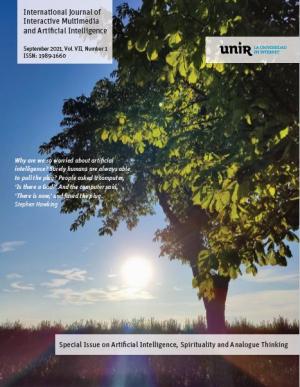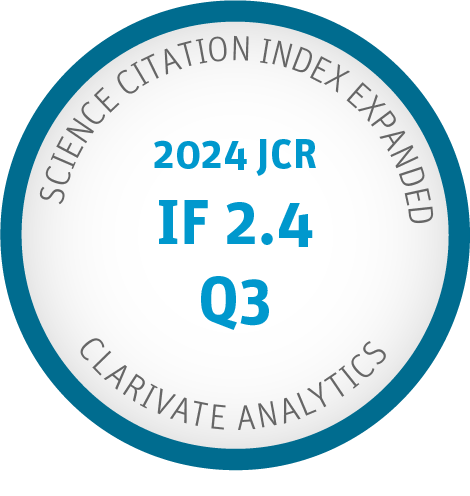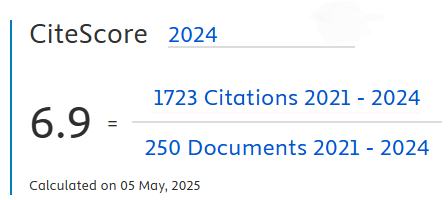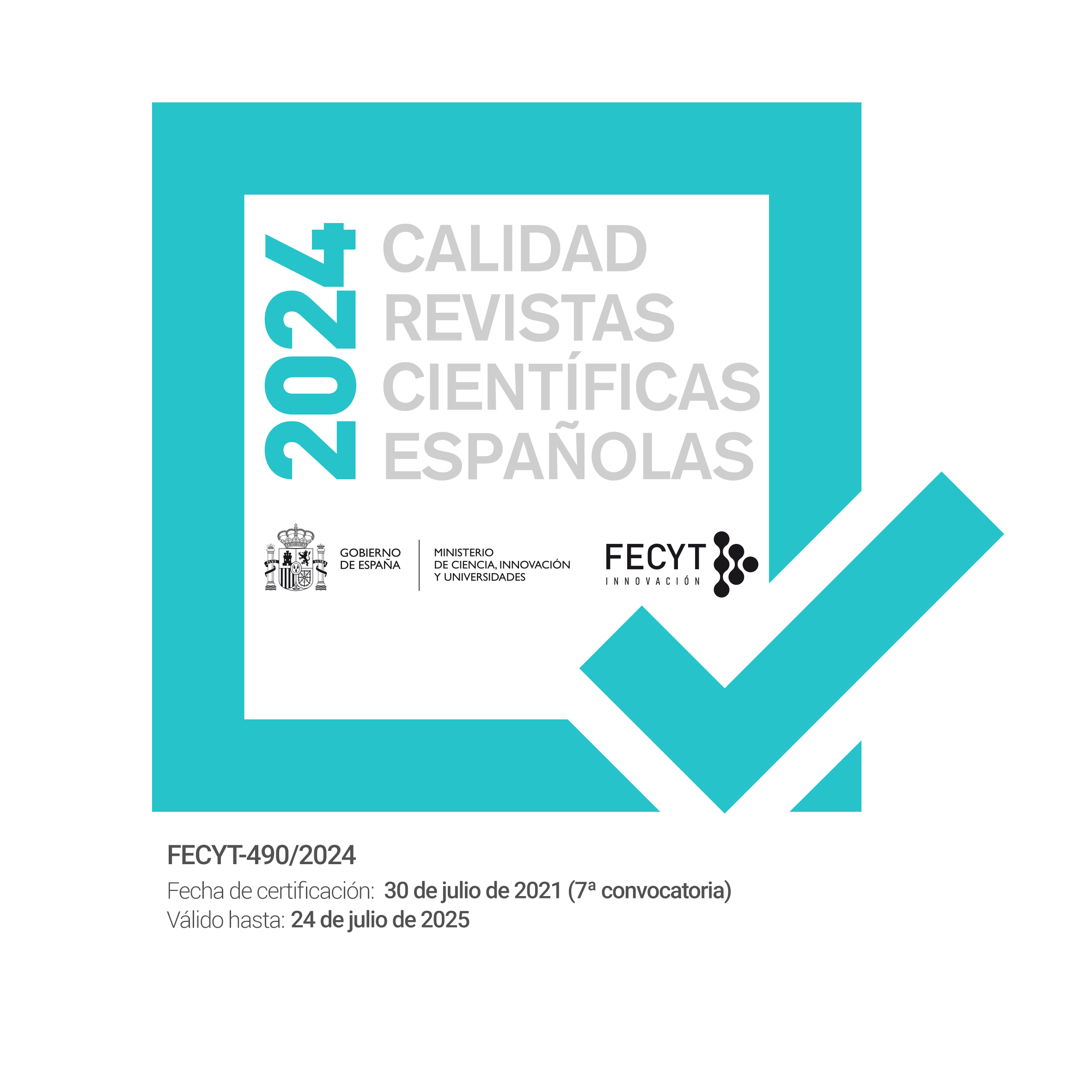Why the Future Might Actually Need Us: A Theological Critique of the ‘Humanity-As-Midwife-For-Artificial-Superintelligence’ Proposal.
DOI:
https://doi.org/10.9781/ijimai.2021.07.005Keywords:
Artificial Superintelligence, James Lovelock, Novacene, Ray Kurzweil, Singularity, Theological AnthropologyAbstract
If machines could one day acquire superhuman intelligence, what role would still be left for humans to play in the world? The ‘midwife proposal,’ coming from futurists like Ray Kurzweil or James Lovelock, sees the invention of AI as a fulfillment of humanity’s cosmic destiny. The universe ‘strives’ to be saturated with intelligence, and our cyborg descendants are much better equipped to advance this goal. By creating AI, humans play their humble, but instrumental, part in the grand scheme. The midwife proposal looks remarkably similar to modern Christian anthropology and cosmology, which regard humankind as “evolution becoming conscious of itself” (Pierre Teilhard de Chardin), and matter as having a predisposition to evolve toward spirit (Karl Rahner, Dumitru Stăniloae). This paper demonstrates that the similarity is only superficial. Compared to the midwife hypothesis, Christian theological accounts define the cosmic role of humanity quite differently, and they provide a more satisfactory teleology. In addition, the scientific and philosophical assumptions behind the midwife hypothesis – that the cosmos is fundamentally informational, that it intrinsically promotes higher intelligence, or that we are heading toward a technological singularity - are rather questionable, with potentially significant theological and ethical consequences.
Downloads
References
B. Joy, “Why the future does not need us,” Wired, 2001. Accessed Jan. 28, 2021. [Online]. Available: https://www.wired.com/2000/04/joy-2/
S. Papert, “The summer vision project,” MIT AI Memos (1959-2004), 1966. Accessed Jan. 28, 2021. [Online]. Available: http://people.csail.mit.edu/brooks/idocs/AIM-100.pdf
S. J. Russell and P. Norvig, Artificial intelligence: A modern approach, Upper Saddle River, NJ: Prentice Hall, 2003, p. 21.
H. Moravec, Mind children: The future of robot and human intelligence, Cambridge, MA: Harvard University Press, 1988, p. 15.
I. J. Good, “Speculations concerning the first ultraintelligent machine,” Advances in Computers, vol. 6, pp. 31-88, 1965, doi: 10.1016/S0065-2458(08)60418-0.
N. Bostrom, Superintelligence: Paths, dangers, strategies, Oxford, UK: Oxford University Press, 2014.
J. Searle, “Minds, brains and programs.” Behavioral and Brain Sciences, vol. 3, no. 3, pp. 417–457, 1980, doi: 10.1017/S0140525X00005756.
D. Chalmers, “Facing up to the problem of consciousness,” Journal of Consciousness Studies, vol. 2, no. 3, pp. 200–219, 1995.
V. C. Müller and N. Bostrom, “Future progress in artificial intelligence: A survey of expert opinion,” in Fundamental Issues of Artificial Intelligence, V. C. Müller Ed. Berlin, DE: Springer, 2016, pp. 553-571.
M. Sparkes, “Top scientists call for caution over artificial intelligence,” The Telegraph, 2015. Accessed Jan. 28, 2021. [Online]. Available: https://www.telegraph.co.uk/technology/news/11342200/Top-scientists-callfor-caution-over-artificial-intelligence.html
R. Kurzweil, The singularity is near: When humans transcend biology, New York, NY: Viking Penguin, 2005.
J. Lovelock, Novacene: The coming age of hyperintelligence, London, UK: Allen Lane, 2019.
M. Shanahan, The technological singularity, Cambridge, MA: MIT Press, 2015, p. 233.
V. Vinge, “The coming technological singularity: How to survive in the post-human era,” in Vision-21: Interdisciplinary Science and Engineering in the Era of Cyberspace, G. A. Landis Ed. NASA Publication CP-10129, 1993, pp. 11–22.
G. E. Moore, “Cramming more components onto integrated circuits,” Electronics, vol. 38, no. 8, 1965.
R. Kurzweil, The age of spiritual machines, New York, NY: Viking Press, 1999, pp. 30-32.
J. Lovelock, “Gaia as seen through the atmosphere,” Atmospheric Environment, vol. 6, no. 8, pp. 579–580, 1972, doi: 10.1016/0004-6981(72)90076-5.
M. Dorobantu, “Human-Level, but Non-Humanlike: Artificial Intelligence and a Multi-Level Relational Interpretation of the Imago Dei,” Philosophy, Theology and the Sciences, forthcoming 2021.
D. Kahneman, Thinking, fast and slow, New York, NY: Farrar, Straus and Giroux, 2011.
P. J. Barnard and J.D. Teasdale, “Interacting cognitive subsystems: A systemic approach to cognitive-affective interaction and change,” Cognition and Emotion, vol. 5, no. 1, pp. 1–39, 1991, doi: 10.1080/02699939108411021.
J. Haidt, The happiness hypothesis: Finding modern truth in ancient wisdom, New York, NY: Basic Books, 2006.
I. McGilchrist, The master and his emissary: The divided brain and the making of the Western world, Yale University Press, 2009.
H. L. Dreyfus and S. L. Dreyfus, Mind over machine: The power of human intuition and expertise in the era of the computer, Free Press, 1986, pp. 16-51.
B. Zhang, Q.-Y. Cai, M.-S. Zhan and L. You, “Information conservation is fundamental: Recovering the lost information in Hawking radiation,” International Journal of Modern Physics D, vol. 22, no. 12, 1341014, 2013, doi: 10.1142/S0218271813410149.
Genesis 1: 27.
M. Cortez, Theological anthropology: A guide for the perplexed, London, UK: T&T Clark, 2010, pp. 21-24.
Genesis 1: 28.
B. Singler, “Existential Hope and Existential Despair in AI Apocalypticism and Transhumanism,” Zygon: Journal of Religion & Science, vol. 54, no. 1, pp. 156-176, 2019, doi: 10.1111/zygo.12494.
R. M. Geraci, “Apocalyptic AI: Religion and the promise of artificial intelligence,” Journal of the American Academy of Religion, vol.76, no. 1, pp. 138–166, 2008, doi: 10.1093/jaarel/lfm101, p. 158.
R. Cole-Turner, “The Singularity and the rapture: Transhumanist and popular Christian views of the future,” Zygon: Journal of Religion & Science, vol. 47, no. 4, pp. 777-796, 2012, doi: 10.1111/j.1467-9744.2012.01293.x.
Romans 4: 13.
W. Grassie, “Politics by other means: Science and religion in the twentyfirst century,” Bryn-Mawr, PA: Metanexus, 2010, p. 282.
G. Dvorsky, “Stephen Hawking says A.I. could be our ‘worst mistake in history,’” Gizmondo, 2014. Accessed Jan. 28, 2021. [Online]. Available: https://io9.gizmodo.com/stephen-hawking-says-a-i-could-be-our-worstmistake-in-1570963874
E. M. Jones, “’Where is everybody?’: An account of Fermi’s question,” Los Alamos National Laboratory, USA, 1985, doi: 10.2172/5746675. Accessed Jan. 28, 2021. [Online]. Available: https://www.osti.gov/servlets/purl/5746675
Planck Collaboration, “Planck 2015 results. XIII. Cosmological parameters,” Astronomy & Astrophysics, vol. 594, article no. A13, 2016, doi: 10.1051/0004-6361/201525830, p. 32.
A. Sandberg, E. Drexler, and T. Ord, “Dissolving the Fermi paradox,” ArXiv, 2018. Accessed Jan. 28, 2021. [Online]. Available: https://arxiv.org/abs/1806.02404
G. Kaufman, “The concept of nature: A problem for theology,” Harvard Theological Review, vol. 65, no. 3, pp. 337–366, 1972, doi: https://doi.org/10.1017/S0017816000001619
K. Junghyung, “Christian anthropology in an age of science: Between anthropocentrism and non-anthropocentrism,” The Expository Times, vol. 129, no. 12, pp. 547-553, 2018, doi: 10.1177/0014524617753327.
P. Teilhard de Chardin, The phenomenon of man, New York, NY: Harper & Row, 1961, p. 220.
K. Rahner, Foundations of Christian faith: An introduction to the idea of Christianity, translated by W. V. Dych, New York, NY: Crossroad, 1982.
O. Putz, “Evolutionary biology in the theology of Karl Rahner,” Philosophy and Theology, vol. 17, no. 1&2, pp. 85-105, 2005, doi: 10.5840/philtheol2005171/25.
R. Cole-Turner, “Theosis and human enhancement,” Theology and Science, vol. 16, no. 3, pp. 330-342, 2018, doi: 10.1080/14746700.2018.1488526, p. 336.
D. Stăniloae, The experience of God: Orthodox dogmatic theology. Vol. 2 – The world: Creation and deification, translated by I. Ionita and R. Baringer, Brookline, MA: Holy Cross Press, 2000, p. 59.
A. V. Yurov, A. V. Astashenok, and P. F. Gonzalez-Diaz, “Astronomical bounds on a future Big Freeze singularity,” Gravitation and Cosmology vol. 14, pp. 205–212, 2008, doi: 10.1134/S0202289308030018.
Matthew 5: 5.
C. L. Fisher, “Animals, humans and x-men: Human uniqueness and the meaning of personhood,” Theology and Science, vol. 3, no. 3, pp. 291-314, 2005, doi: 10.1080/14746700500317289, p. 307.
Maximus the Confessor, “Epistolae VI,” in Patrologiae Cursus Completus, J.-P. Migne Ed. Tomus 91, Paris, FR: Garnier Fratres, 1865, col. 429.
L. Thunberg, Microcosm and mediator: The theological anthropology of Maximus the Confessor (2nd edition), Chicago and La Salle, IL: Open Court, 1995, pp. 132-143.
F. LeRon Shults, Reforming theological anthropology: After the philosophical turn to relationality, Grand Rapids, MI: Eerdmans, 2003, p. 235.
W. Pannenberg, What is man? Contemporary anthropology in theological perspective, Philadelphia, PA: Fortress Press, 1970, p. 220.
M. Walker, “Ship of fools: Why transhumanism is the best bet to prevent the extinction of civilization,” in H±: Transhumanism and Its Critics, G. R. Hansell and W. Grassie Eds. Philadelphia, PA: Metanexus Institute, pp. 94-111, 2011, p. 95.
B. Singler, “Roko’s Basilisk or Pascal’s? Thinking of Singularity Thought Experiments as Implicit Religion, vol. 20, no. 3, pp. 279-297, 2018, doi: 10.1558/imre.35900.
J. Rennie, “Ray Kurzweil’s slippery futurism,” IEEE Spectrum, 2010. Accessed Jan. 28, 2021. [Online]. Available: https://spectrum.ieee.org/computing/software/ray-kurzweils-slippery-futurism
Downloads
Published
-
Abstract168
-
PDF25









